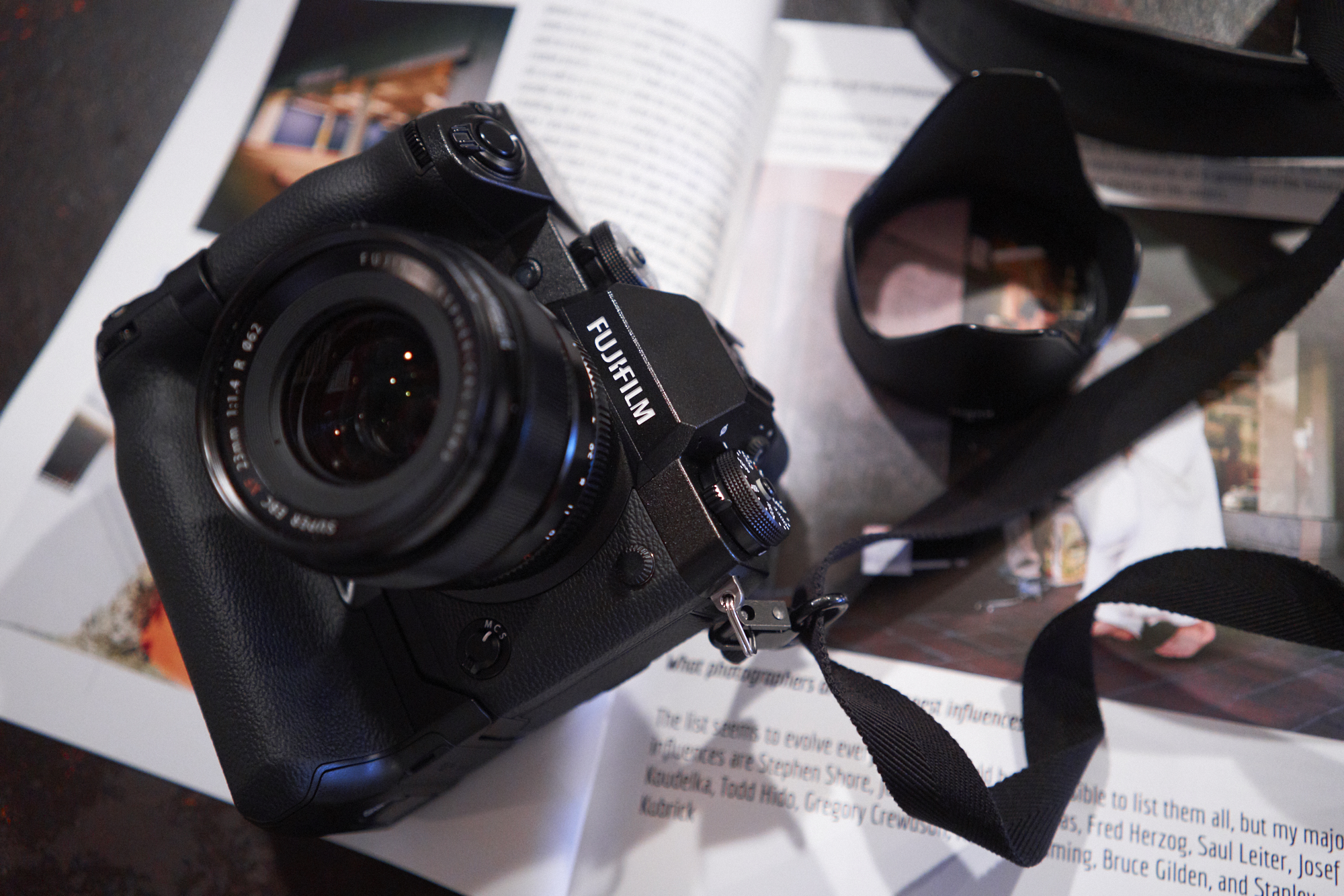Last Updated on 03/24/2018 by Mark Beckenbach
The Fujifilm X-H1 is the company’s first camera with in-body image stabilization. But how good is it?
We’ve been testing the new Fujifilm X-H1 mirrorless camera for a few weeks now, and we’re overall very positive about the camera, though there are things about it are making me scratch my head. In-body image stabilization (IBIS) isn’t confusing me at all though. In fact, Fujifilm cameras have needed this feature for a while and the Fujifilm X-H1 is the first one to offer it up to consumers. The company is billing the Fujifilm X-H1 as their ultimate flagship offering for the X series and is about on par with pricing of the Nikon D500. At that price point, you’re getting not only in-body stabilization, but the Fujifilm Eterna film simulation for a cinematic look, fast frame rates, weather sealing, enhanced autofocus, 4K 24p video at 200MB/second with F Log, and a top LCD screen for adjusting your settings.
In my testing thus far, I’ve been a bit confused about just how to test the Fujifilm X-H1. I can’t see folks purchasing it for the street photography style of work I’ve seen so many people do with their cameras. And overall, I’m not really a fan of the ergonomics. This will be explored more in my full review, but everyone who I’ve let hold the camera hasn’t really liked it either. For Fujifilm, this is really odd due: they’re arguably the best (along with Olympus) when it comes to ergonomics.
The bigger grip helps with handholding in some ways though–especially when it comes to shooting in low light and at a slower shutter speed. Here are a number of sample images along with the EXIF.

As you’ll see in the images shot here, the camera can be handheld down to a very, very slow shutter speed. That’s great for video – one of it’s biggest features. I’m using the Fujifilm 16mm f1.4 and 23mm f1.4 in these images and with most of my testing. When it comes to handholding a camera, I think the Fujifilm X-H1 is going to be extremely capable. But I’m reserving my final judgement for the full review. So stay tuned!






